
Best Gaming Monitors with Low Input Lag in 2024
When it comes to gaming, having a monitor that offers low input lag can significantly enhance your gameplay, especially in fast-paced titles. A monitor with low input lag ensures that your actions are reflected on the screen as quickly as possible, giving you a competitive edge. Below, we explore some of the best gaming monitors that excel in this area.
1. ASUS ROG Swift PG259QN
- Size: 24.5 inches
- Resolution: Full HD (1920 x 1080)
- Refresh Rate: 360Hz
- Input Lag: ~1 ms
- Panel Type: IPS
- Features: NVIDIA G-Sync, HDR support
Pros:
- Exceptional low input lag and response time
- Excellent color accuracy
Cons:
- Limited resolution for competitive gaming
2. Dell Alienware AW2521H
- Size: 25 inches
- Resolution: Quad HD (2560 x 1440)
- Refresh Rate: 360Hz
- Input Lag: ~1 ms
- Panel Type: IPS
- Features: NVIDIA G-Sync, customizable RGB lighting
Pros:
- Superb build quality and performance
- Great for competitive gaming
Cons:
- Higher price point
3. Samsung Odyssey G7
- Size: 27 inches
- Resolution: QHD (2560 x 1440)
- Refresh Rate: 240Hz
- Input Lag: ~1 ms
- Panel Type: VA
- Features: G-Sync compatible, HDR600, 1000R curved screen
Pros:
- Immersive curved design
- Low input lag
Cons:
- Some may prefer a flat screen
4. LG UltraGear 27GN950-B
- Size: 27 inches
- Resolution: 4K (3840 x 2160)
- Refresh Rate: 144Hz (overclockable)
- Input Lag: ~5 ms
- Panel Type: Nano IPS
- Features: G-Sync compatible, HDR600
Pros:
- Excellent color reproduction
- Suitable for both gaming and content creation
Cons:
- Higher input lag compared to others
5. Acer Predator X25
- Size: 24.5 inches
- Resolution: Full HD (1920 x 1080)
- Refresh Rate: 360Hz
- Input Lag: ~0.3 ms
- Panel Type: IPS
- Features: NVIDIA G-Sync, RGB lighting
Pros:
- Outstanding refresh rate and response time
- Ideal for FPS gaming
Cons:
- Limited to 1080p resolution
🔍 What to Look for in a Gaming Monitor
When choosing a gaming monitor with low input lag, consider the following factors:
- Refresh Rate: A higher refresh rate (144Hz or more) leads to smoother gameplay and lower input lag.
- Response Time: Look for monitors with a response time of 1 ms or lower to avoid ghosting.
- Adaptive Sync Technology: Technologies like G-Sync or FreeSync reduce screen tearing, enhancing the gaming experience.
- Resolution: While high resolutions provide better visuals, they can increase input lag. Balance resolution with performance needs.
📊 Comparison Table
| Monitor Model | Size | Resolution | Refresh Rate | Input Lag | Panel Type | G-Sync/FreeSync |
|---|---|---|---|---|---|---|
| ASUS ROG Swift PG259QN | 24.5″ | Full HD (1920×1080) | 360Hz | ~1 ms | IPS | G-Sync |
| Dell Alienware AW2521H | 25″ | Quad HD (2560×1440) | 360Hz | ~1 ms | IPS | G-Sync |
| Samsung Odyssey G7 | 27″ | QHD (2560×1440) | 240Hz | ~1 ms | VA | G-Sync |
| LG UltraGear 27GN950-B | 27″ | 4K (3840×2160) | 144Hz | ~5 ms | Nano IPS | G-Sync |
| Acer Predator X25 | 24.5″ | Full HD (1920×1080) | 360Hz | ~0.3 ms | IPS | G-Sync |
🏁 Conclusion
Choosing the right gaming monitor with low input lag is essential for an enhanced gaming experience. The monitors listed above cater to different needs and preferences, whether you are a competitive player or a casual gamer. By focusing on key features like refresh rate, response time, and adaptive sync technology, you can find a monitor that meets your gaming requirements


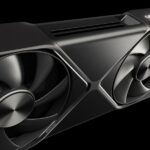

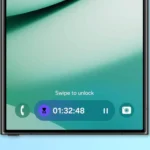

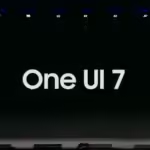



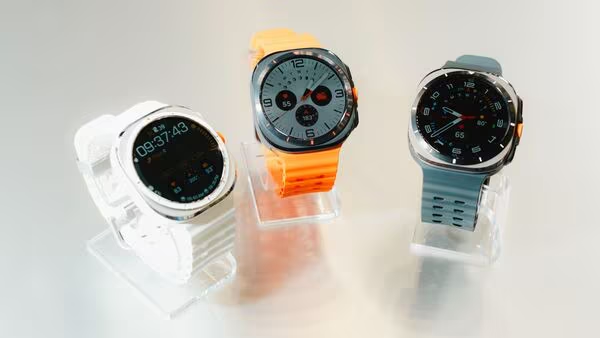
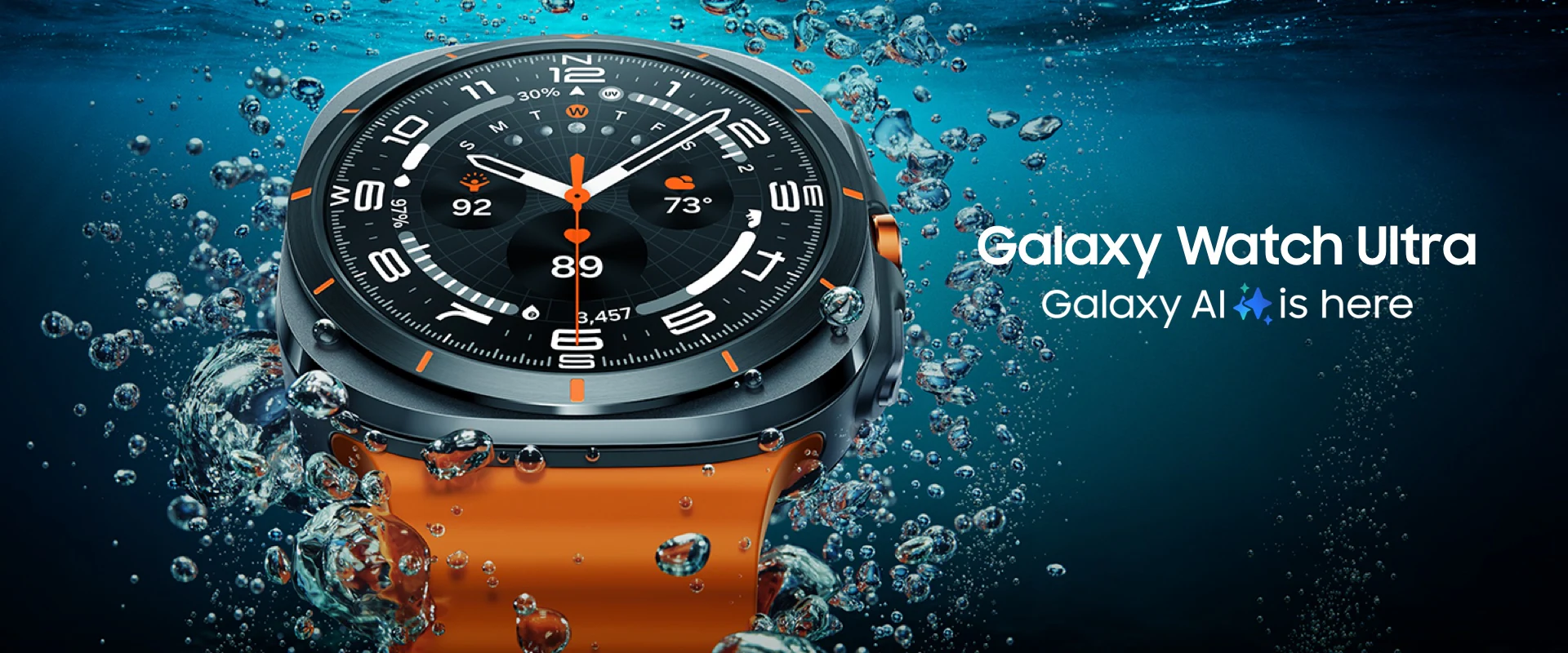
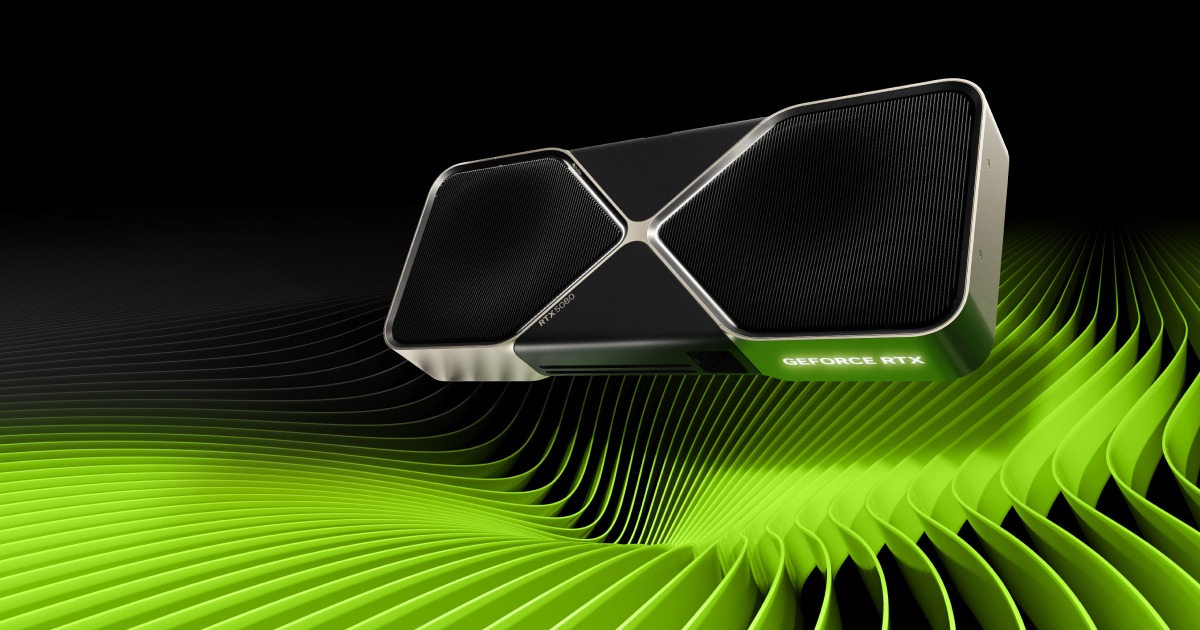


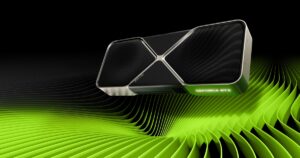
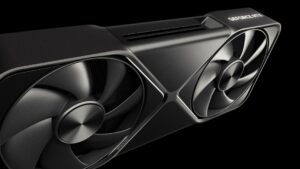

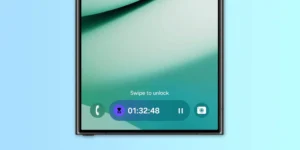

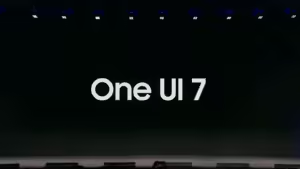
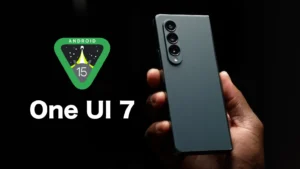

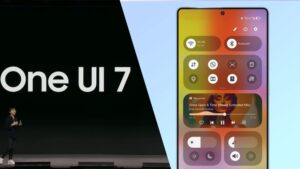
Post Comment